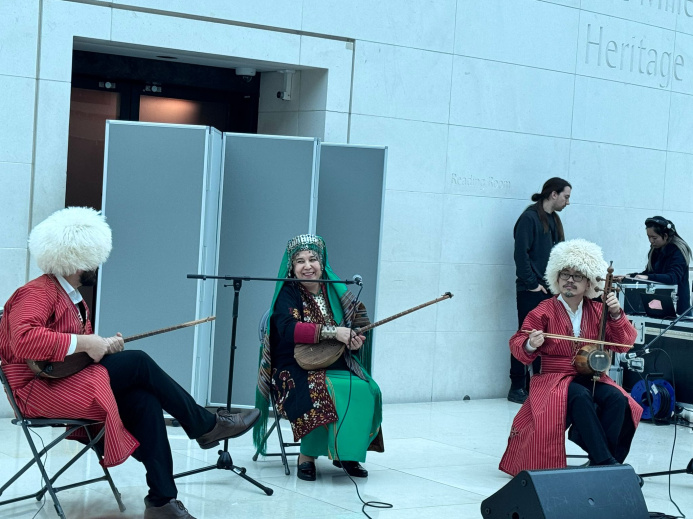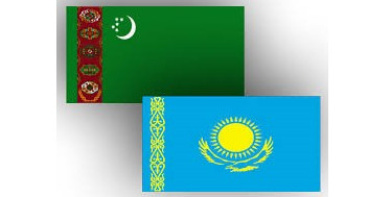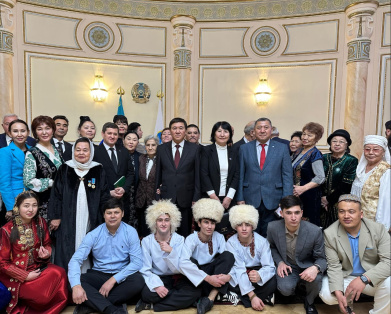Turkmen culture presented at the "Silk Roads" exhibition at the British Museum
03.02.2025 | 16:35 |The ancient Turkmen dance "kushdepdi" as well as the national art of singing and playing the dutar, which have been included in UNESCO's Representative List of the Intangible Cultural Heritage of Humanity, were showcased by the Turkmen diaspora in London as part of the ongoing "Silk Roads" exhibition at the British Museum. The carefully preserved Turkmen national art, maintained for centuries, became a living illustration for this grand exhibition, which, according to media reports, traces trade routes from China in the east through Central Asia, Arabia, and the Levant to geographically diverse places such as Sweden, Ireland, Spain, and Eritrea.
The British Museum has been preparing this extensive exhibition for five years, based on the idea of cross-cultural collaboration that allows for a rethinking of the primary mission of museums in the 21st century—telling the story of humanity. It was curated by three curators from different departments: Chinese and Central Asian; Early Medieval European; and Byzantine. For the first time, all departments of the British Museum were involved and contributed objects.
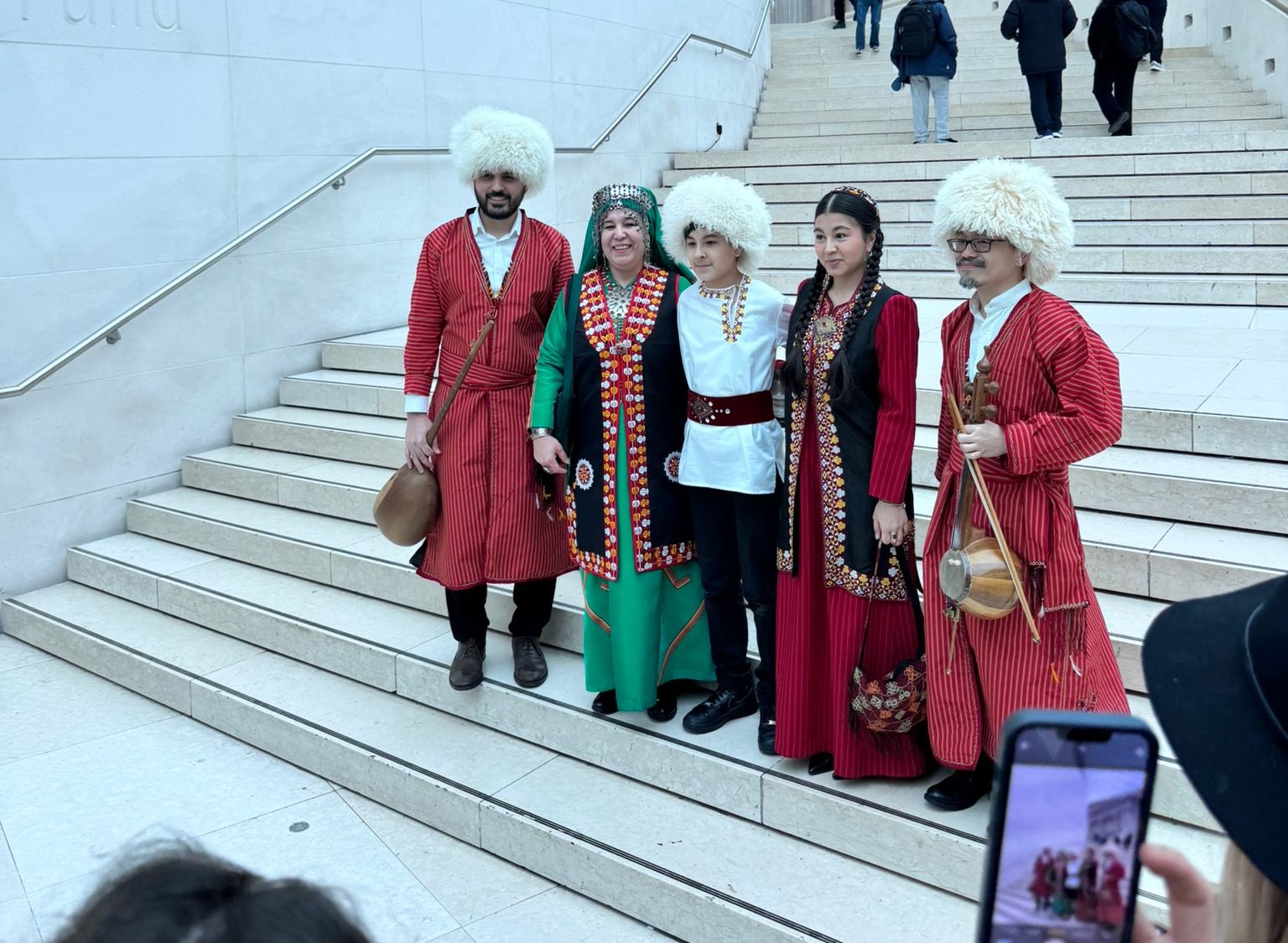
Some of the exhibits were obtained through new partnerships with museums from Central Asia, demonstrating the region's importance in the history of the famous trade route. Many of the exhibits are being displayed in the UK for the first time, and one of the most remarkable works is a monumental six-meter fragment of a painting from the "Hall of Ambassadors" in Afrasiab (Samarkand), Uzbekistan, depicting a procession of Sogdian figures riding elephants and camels. Experts believe that it was created for an aristocratic house—though not for a royal residence—and it speaks of the cultural sophistication of Central Asia and the richness of its people's history. In total, more than 300 exhibits from 29 collections worldwide are featured in the exhibition.
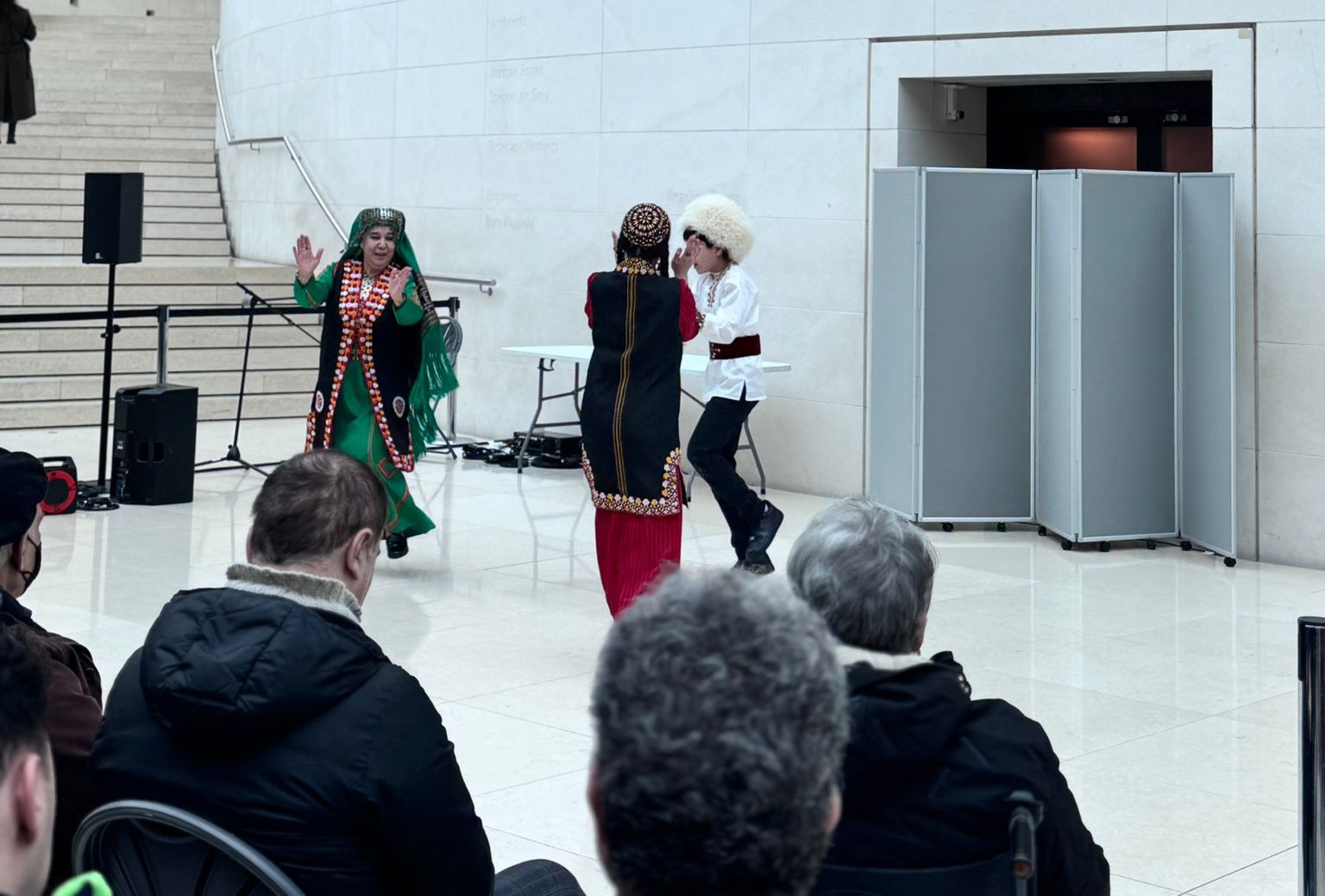
"Silk Roads" highlights the wealth, complexity, and scale of cultural contexts and exchanges across continents centuries ago. The works also emphasize the enormous wealth of cities that became key stops along the routes. Spanning the period from 500 to 1000 AD and moving roughly from east to west, the exhibition allows visitors to appreciate these connections as they explore the display.
"The Silk Roads remind us that humanity has a long history of establishing connections across all borders. While the scale, speed, and methods may change, the process of making connections is a fundamental part of human existence," says Nicholas Cullinan, Director of the British Museum. "It is an impulse that is embedded in our DNA."
The British Museum's exhibition is described as innovative, challenging, and expanding the modern popular concept of the "Silk Road" as a simple story of trade between the East and the West. It shows that the Silk Roads were not a single trade route but overlapping networks connecting communities across Asia, Africa, and Europe. As a methodological departure from typical museum exhibitions, the "Silk Roads" exhibition seeks to showcase the connections and exchanges between cultures as they contribute to one shared human history.
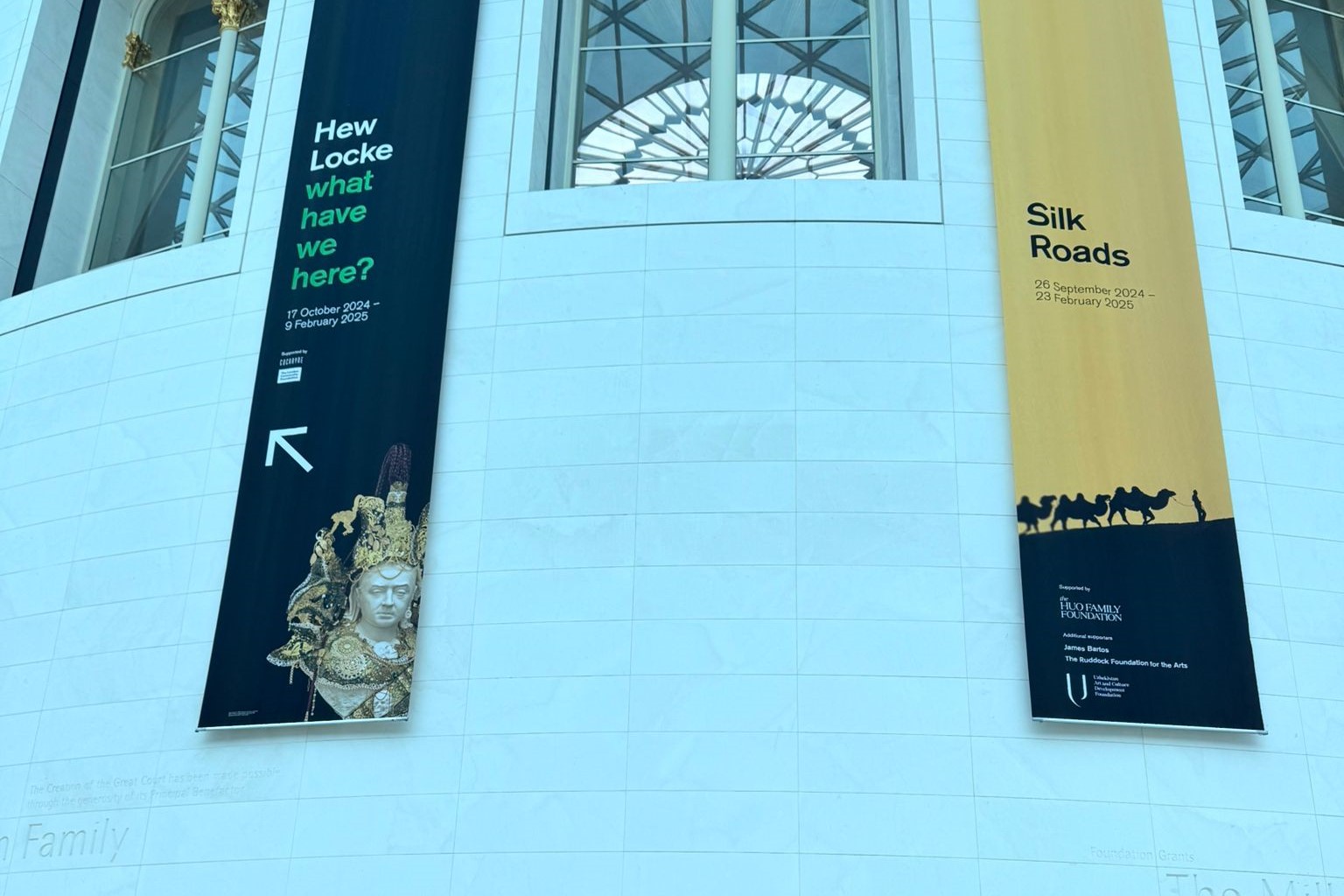
The exhibition, which opened in September 2024, will run until February 23, 2025.
ORIENT

